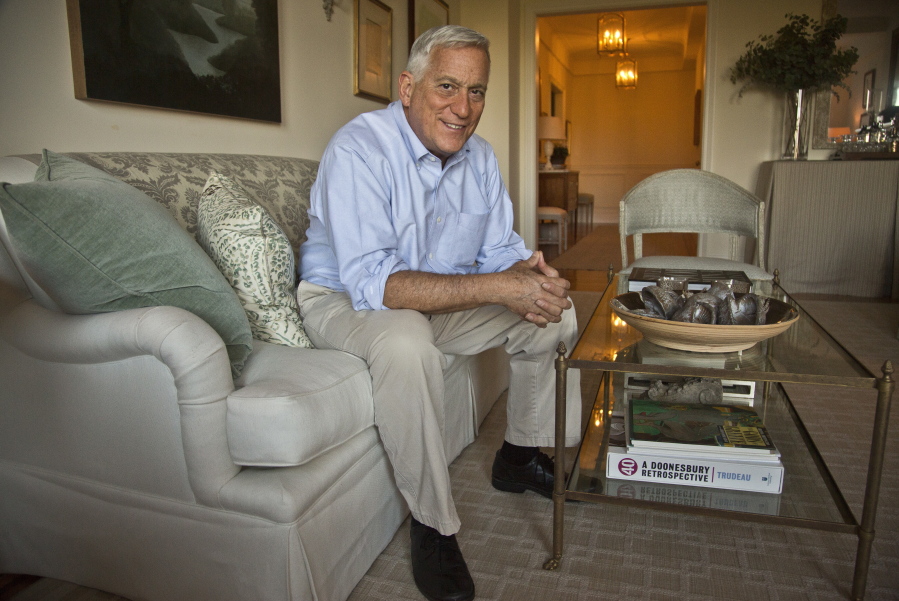NEW YORK — Researching the life of Leonardo da Vinci left Walter Isaacson in a playful mood.
“He’s the most fun, joyous person I can imagine,” says the best-selling biographer, whose “Leonardo da Vinci” comes out Tuesday. “And that was the big surprise. I thought he was going to be this brooding genius.”
Isaacson, 65, sees the da Vinci book as the culmination of his biographies about innovators that include works on Steve Jobs, Benjamin Franklin and Albert Einstein. Long fascinated by those who wedded logic and creativity, he says da Vinci left us with dazzling works of art and scientific breakthroughs and was also a model for a more joyous and spontaneous way of life. Isaacson spent extensive time with Jobs, but his book on da Vinci, who died in 1519, seems more personal. Isaacson doesn’t just describe the “Mona Lisa” and other paintings, but adds analysis and reflection. Basing much of his book on Leonardo’s thousands of notebook entries, with a page often given to sketches and thoughts on anything from human anatomy to his household budget, he became so caught up in da Vinci’s limitless curiosity that the book’s “coda” is his own brief, admittedly random, report on the tongue of a woodpecker.
“It’s nothing the readers have to know. It’s not going to be useful to their lives, but I thought that everybody, just like me at the end, would want to know out of pure curiosity,” he explains. “I wanted to go hand in hand with the reader as we jointly discover the joys of Leonardo. I wanted to say, ‘Hey, stop for a moment and imagine him seeing a swill of water as he’s about to paint the curl of the angel in ‘The Virgin of the Rocks.’ Stop for a moment and marvel at the geological precision of the rock formations.”



